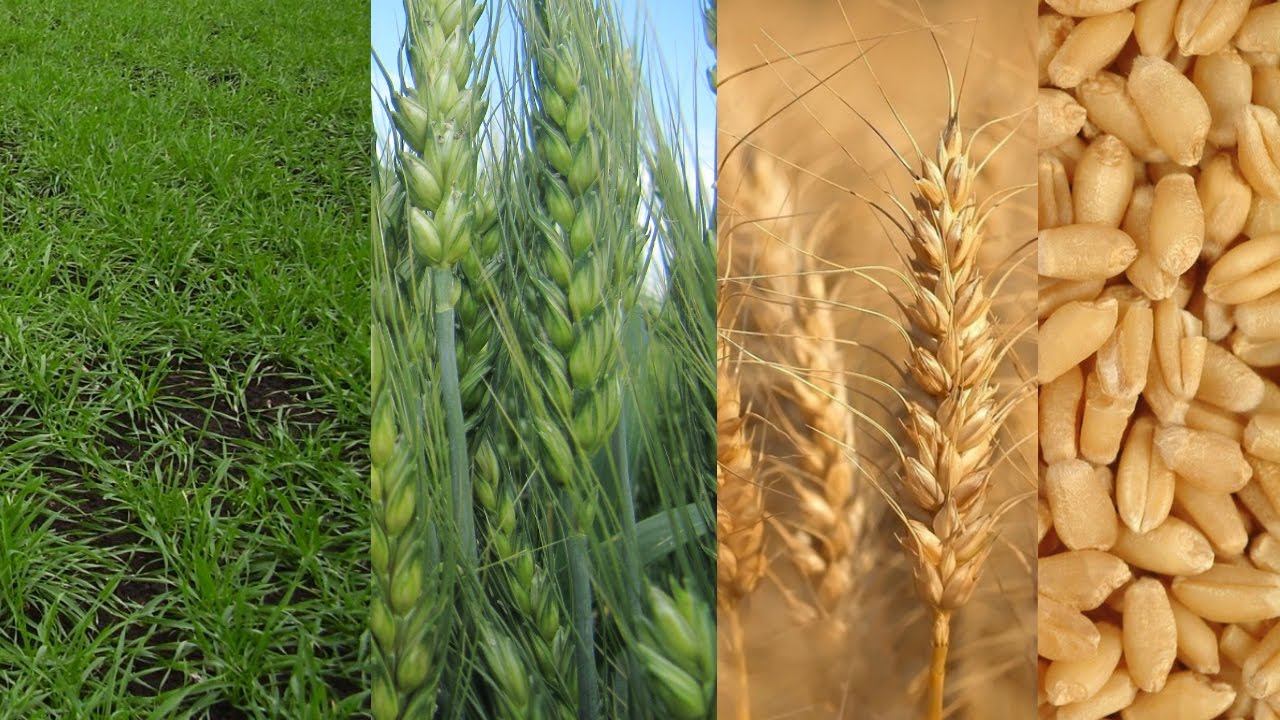New Wheat Variety Introduced for Cerrado Region of Central Brazil

Wheat is the only major crop for which Brazil is not self-sufficient, but that may change in a few years. The Brazilian government and the research agency Embrapa has pushed for the development of wheat varieties suitable to plant as a second crop after soybeans in the cerrado regions of central Brazil.
Currently, approximately 90% of Brazil’s wheat is produced primarily in the southern states of Parana and Rio Grande do Sul, but wheat production in southern Brazil often runs into problems because it is harvested after the summer rainy season has started. Heavy rains at harvest can lower the quality of the wheat making it only suitable for animal feed.
A big advantage of producing wheat in the cerrado regions of central Brazil is that it is harvested during the dry season when there is little chance of rain. Therefore, the quality of the wheat is generally very good. Currently, there are more than 350,000 hectares of wheat grown in central Brazil (865,000 acres) and it is increasing on an annual basis.
During a recent Field Day in Brazil’s Federal District (think Brasilia), which is located within the state of Goias, Embrapa introduced wheat variety BRS 404 which was specifically developed for dryland safrinha production in the cerrado region of central Brazil. BRS 404 is recommended for the Federal District, Goias, and Minas Gerais at altitudes above 800 meters.
BRS 404 has a higher level of tolerance to drought and heat, to various wheat diseases, and to aluminum, which can be a problem in cerrado soils. It has a maturity of 90 to 110 days and scientists recommend it be planted from March 15 to 30, which would allow farmers to plant a longer maturity soybean variety which generally has higher yield potential. It would then be harvested in July and August after the summer rainy season has ended. BRS 404 is the type of wheat variety that is suitable for bread.
Dryland safrinha wheat yields in central Brazil are generally in the range of 40 to 50 sacks per hectare (35 to 44 bu/ac) with some as high as 60 sacks per hectare (53.6 bu/ac). Under irrigation, yields have been reported as high as 100 sacks per hectare (89.4 bu/ac).
Wheat production in central Brazil carries a risk of lower yields if the summer rainy season ends earlier than normal. Therefore, scientists recommend a low level of fertilizer use and try to maximize the use of residual nutrients from the first crop of soybeans.
Read also
Wheat in Southern Brazil Impacted by Dry Weather and Frosts
Oilseed Industry. Leaders and Strategies in the Times of a Great Change
Black Sea & Danube Region: Oilseed and Vegoil Markets Within Ongoing Transfor...
Serbia. The drought will cause extremely high losses for farmers this year
2023/24 Safrinha Corn in Brazil 91% Harvested
Write to us
Our manager will contact you soon



